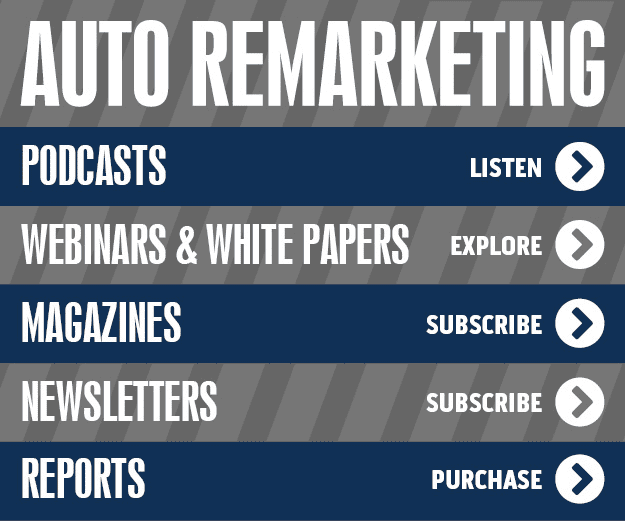July Incentives Accelerated as Automakers Worked to Clear Out Room for New Models
By subscribing, you agree to receive communications from Auto Remarketing and our partners in accordance with our Privacy Policy. We may share your information with select partners and sponsors who may contact you about their products and services. You may unsubscribe at any time.
| –
SANTA MONICA, Calif. — In the midst of automakers ramping up their efforts to clear out old-model-year new vehicles a month earlier than usual, incentive spending climbed in July, according to Edmunds.com.
The site also indicated that incentive spending helped to bring about a significant increase in sales, as well.
Specifically, the industry spent an average of $2,753 per vehicle sold on incentives during July. This marked a 2.5-percent year-over-year hike and a 2.3-percent rise from June.
"This year, seasonal incentives started earlier than in years past, which really helped boost sales in July," noted Jessica Caldwell, director of industry analysis for Edmunds.com. "Typically, August is when manufacturers really start to push the previous year models off dealership lots."
Breaking it down, domestics put an average of $3,545 per vehicle sold toward incentives, an increase of $30 from the prior month.
European automakers' incentive spending was at $2,440 per vehicle sold, up $52 from the prior month.
Subscribe to Auto Remarketing to stay informed and stay ahead.
By subscribing, you agree to receive communications from Auto Remarketing and our partners in accordance with our Privacy Policy. We may share your information with select partners and sponsors who may contact you about their products and services. You may unsubscribe at any time.
Japanese OEMs spent $2,097 per vehicle sold, compared to $1,920 in June, while Korean brands' spending averaged $1,907 per vehicle sold, up from $1,826.
As far as the aggregate amount, there was $2.93 billion put toward incentives throughout the industry. This was an 11-percent uptick from the prior month.
The Big 3 commanded a 57.3-percent share, as those automakers combined to spend $1.7 billion. Japanese automakers' incentive spending totaled $882 million, as they represented 30 percent of the total.
European automakers totaled $223 million in incentive spending, which was 7.6 percent of the aggregate. Spending for Korean brands was at $150 million for a 5.1 percent share.
Looking at average spending for the largest OEMs, General Motors spent the most ($4,093 per vehicle sold), followed by Ford ($3,118), Chrysler ($3,105) and Nissan ($2,839), which posted a record for the month.
"Nissan stands out in July, spending the highest amount ever on incentives and seeing its highest lease percentage ever. A third of Nissan's transactions were leases," Edmunds.com senior analyst Michelle Krebs wrote in her AutoObserver.com report.
"General Motors used more dealer cash than usual to sweep out older models from their inventory," she added.
After Nissan was Toyota ($2,204) and Honda ($1,773).
Breaking it down further, the segment toward which automakers put the largest average incentives was premium sports cars ($5,648 per vehicle sold). Large trucks were second with OEMs spending $4,574 per vehicle sold.
Automakers spent the lowest average amount on sports cars at $1,411, with subcompact cars coming in second from the bottom ($1,525).
With regards to incentive spending proportionate to price, the segment on which automakers spent the most was large cars, as their incentives were 13.5 percent of the average price.
Next on the list was the large truck segment (12.4 percent). Conversely, the lowest expenditure was the premium luxury car segment (3.5 percent). Sports cars were second from the bottom (3.9 percent).
Evaluating it by brand, Saab had the heaviest spending, with an average of $6,822 in incentives put toward each model sold. Cadillac was second ($5,790 per vehicle sold). The lowest spending was at Subaru ($563 per vehicle sold). Scion was next in line ($654).
Proportionately to average sticker price, Saab had the heaviest spending (17.5 percent), with Mercury next at 15.7 percent.
Meanwhile, Subaru was again the lowest at 2.2 percent and Porsche was second from the bottom (2.7 percent).


